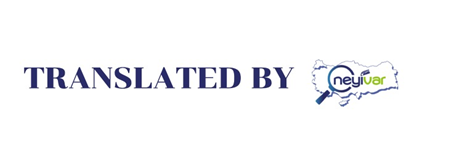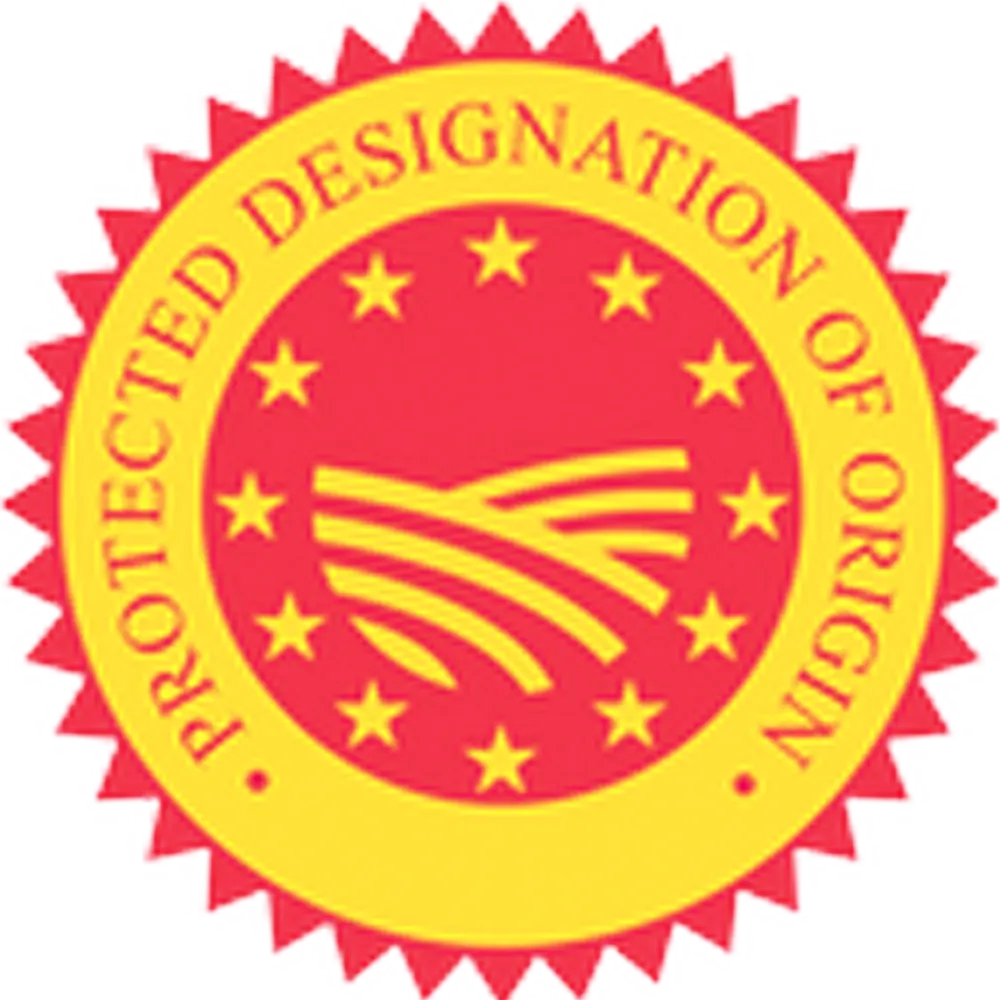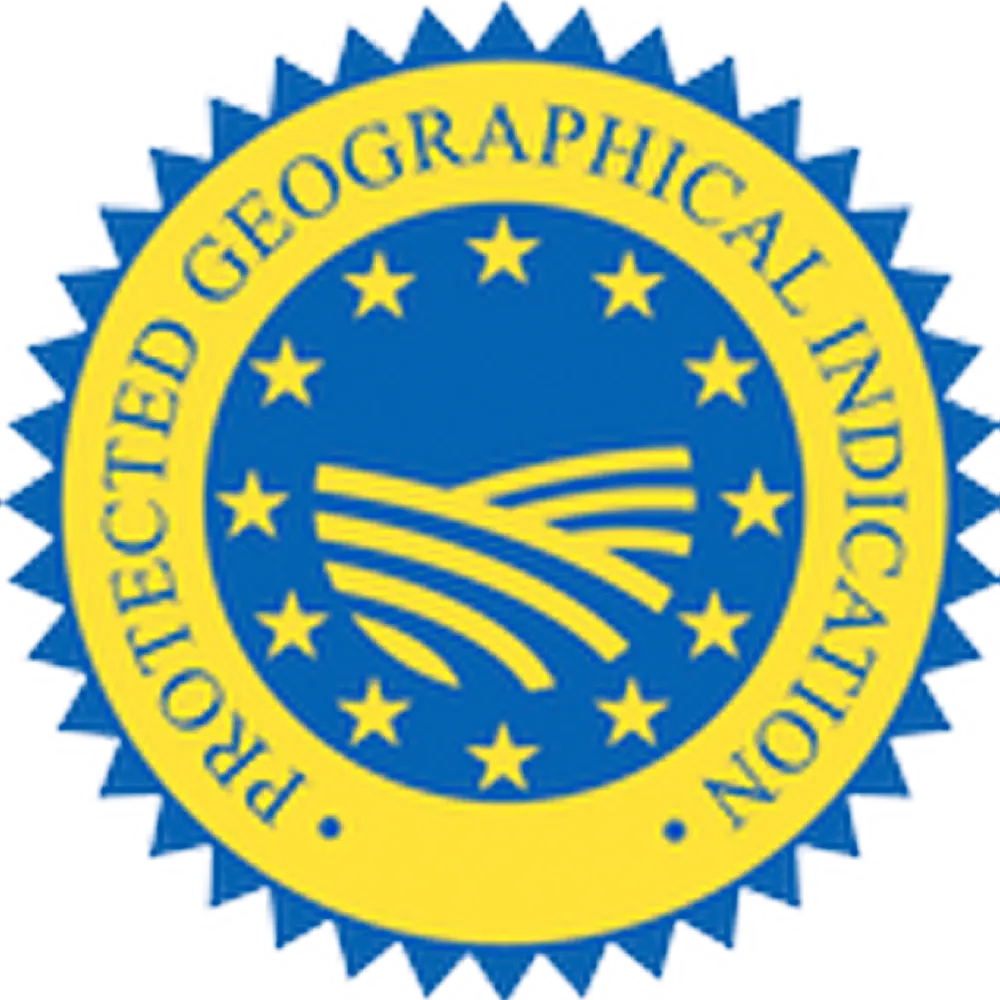Antep Sumac Protected Geographical Indication
Tuesday, July 19, 2022
No: 797 – Protected Geographical Indication (PGI)
ANTEP SUMAC
Registrant
Gaziantep Exchange Commodity
This geographical indication was registered on 08.07.2021 to be protected as of 22.01.2019 under the Industrial Property Law No. 6769.
Registration Number : 797
Registration Date : 08.07.2021
Application Number : C2019/007
Application Date : 22.01.2019
Name of Geographical Indication : Antep Sumac
Product / Product Group : Sumac / Seasoning/flavoring, sauces and salt for food
Type of Geographical Indication : Protected Geographical Indication (PGI)
Registrant : Gaziantep Commodity Exchange
Address of Registrant : Sanayi Mahallesi 60092. Sok. No:15 Sehitkamil GAZIANTEP
Geographical Boundary : Gaziantep province
Usage Format : The phrase Antep Sumac and the name of origin emblem are placed on the product
itself or on its packaging. When it cannot be used on the product itself or on its
packaging, the phrase Antep Sumac and the emblem of the name of origin are kept in
the business in such a way that it can be easily seen.
Product Description and Distinctive Features:
Antep Sumac (Rhus coriaria L.) is a spice obtained by drying and grinding the fruits of plants belonging to the cashew family (Anacardiaceae), and grows mainly naturally but also manually for commercial purposes in Gaziantep. It gives a sour taste to the dishes.
The fruit of the Antep Sumac plant is round or slightly flattened lentil-shaped and single-seeded. It is reddish in color and sour in taste. The seed is flat and kidney shaped, grayish brown and hard. The seed is surrounded by the fruit flesh, which contains a thick juice with a sour and slightly spicy flavor. After the fruits of the plant are dried with appropriate methods, they are mixed with table salt and ground and used as a spice. The salt content of Antep Sumac is at most 6%, and the moisture rate is at most 13%.
Unlike other regions, the plant of Antep Sumac is collected early. The product is harvested in Gaziantep in late July and early August. The harvest time is when the product starts to brown slightly. Antep Sumac is more sour due to its early harvest. The more it stays on the branch, the less sour it is. Since the trees are squat, no elaborate equipment is required for harvesting. Sumac branches are cut from the tree with pruning shears.
Antep Sumac is fully colored. Since the color of Antep Sumac is bright and lively by itself, no oil is used during its production.
Antep Sumac has a reputation link with the geographical boundary.
Production Method:
Antep Sumac is collected by cutting into bunches from the tree in late July and early August every year, although it may vary according to the product maturity. The product, which is collected as a combined bunch, is laid out on cloths before dividing into grains and left to dry under the sun for 5-6 days. Sumac clusters dried under the sun are pressed with a shovel or in a machine, and the fruits are separated from the stems by a sieve.
Sumac grains separated from their stems are ground with a stone mill or grinder, and sieved. As a result of the sieving process, the outer skin of the sumac fruits remains on the sieve, while the powdered sumac is under the sieve.
Salting Process:
Salting can be done in 2 different ways. In one method, table salt is optionally added with water during the grinding process. In the other method, sumac, ground and turned into powder, is mixed with table salt and water in a mixer. In both methods, if water is added, the sumacs are dried after the process. The maximum salt content of Antep Sumac is 6%, and the maximum humidity rate is 13%.
Antep Sumac is stored in cool and dry environments, out of sunlight. Antep Sumac preserved in this way can remain usable for a very long time.
The Production, Processing and Other Operations to be Performed within the Geographical Boundary:
Antep Sumac has a production method specific to the geographical boundary. Sumac fruits grown in the geographical boundary are used in its production. Thus, since there is a reputation link with the geographical boundary, all stages of the production of Antep Sumac should be carried out within the determined geographical boundary.
Inspection:
Inspections are carried out by a three-person supervisory authority to be formed under the coordination of Gaziantep Commodity Exchange and with the participation of one expert each from Gaziantep Commodity Exchange, Şehitkamil Chamber of Agriculture and Şahinbey Chamber of Agriculture. Inspections are carried out periodically once a year, in case of complaints and whenever deemed necessary.
The inspection criteria are listed below.
∙ Cultivation of the plant from which Antep Sumac is obtained in Gaziantep.
∙ Harvest time and appropriateness of the sumac plant.
∙ The compatibility of the drying method and time and the grinding and screening stages.
∙ The compatibility of the color, appearance and taste of the final product.
∙ The compatibility of the salt ratio and, if necessary, the humidity ratio.
∙ Appropriateness of the use of the phrase "Antep Sumac" and the emblem of the geographical indication.
The supervisory authority may benefit from or purchase services of public or private institutions, or natural or private entities in charge, during the execution of the inspection. The registrant carries out the legal processes for the protection of rights.

Original text from ci.gov.tr.












